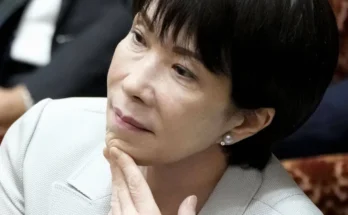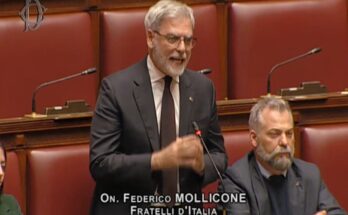By Jean-Michel Huet, BearingPoint partner
With COP30 fast approaching, African agriculture is at a crossroads. Prolonged droughts, recurrent floods, declining crop yields: climate change is disrupting agricultural systems and threatening food security on a continent that will have a population of 2.5 billion by 2050. Sustainably feeding this population is no longer just an agricultural issue, but a strategic and geopolitical imperative. Three drivers are emerging: investing in adaptation, supporting Africa’s agroecological success, and strengthening South-South cooperation, particularly with Brazil.
Agriculture under climate stress
The numbers speak for themselves. If warming exceeds 2°C, Africa’s agricultural income could fall by 30% by 2050; Currently, more than 280 million Africans suffer from malnutrition according to the UN. However, almost 55% of the working population still earns a living from agriculture. Dependence on rain, weak mechanization and insufficient irrigation make small producers particularly vulnerable. At the same time, the food import bill soared.
Overcoming these challenges requires rapid transformation: development of rural infrastructure, reduction of post-harvest losses, sustainable irrigation financing, training of agricultural youth and strengthening local value chains. In other words, turning resilience into an economic opportunity.
Africa, pioneer of sustainable agroecology
Far from being a lagging continent, Africa already has innovative solutions in its region. In Ethiopia, 20 million hectares of land have been restored through agroforestry practices. In Mali, traditional techniques Zai and the crescent moon regenerates degraded soil. In Niger, women-owned agri-food processing cooperatives provide stable income and strengthen community autonomy.
These successes show that sustainable and inclusive agriculture is possible. This still needs to be supported by ambitious public policies: recognizing local knowledge, mobilizing appropriate funding and integrating agroecology into national food security strategies. Digital platforms such asAgrihub Or Songhai is already a catalyst, connecting producers, markets and climate data.
Brazil, an inspiring model of low-carbon agriculture
On the other side of the Atlantic, Brazil has undergone a remarkable transformation since 2010 ABC planbecome ABC+. Goal: reduce 160 million tons of CO₂ per year through low-carbon agriculture. Agroforestry, animal waste processing and crop-livestock-forest integration: there are now more than 54 million hectares of land affected. This approach proves that tropical agriculture can combine productivity, sustainability and social inclusion.
The potential for collaboration is huge. The Ivory Coast-Brazil partnership in the field of agroforestry has demonstrated the benefits of knowledge transfer, training and co-financing. EMBRAPA, a public company in Brazil and its agricultural research institute, can play a leading role in supporting African countries in adapting these models to existing realities.
Towards a South-South strategic alliance
When COP30 is held in Belém, in the heart of the Amazon, the African-Brazilian alliance will have strong symbolic and political significance. These two giant countries of the Global South share a shared agricultural heritage based on biodiversity and community resilience. Together, they can define a new paradigm: regenerative, low-carbon and inclusive agriculture, capable of providing food for the planet while preserving ecosystems.
Because the challenge is no longer producing more, but producing if not. By focusing on agroecology, local innovation and South-South cooperation, Africa can become a central player in the global food transition. In Belém, it’s not just about negotiating climate goals: it’s also about redefining the future of agriculture for a more just and resilient world.

